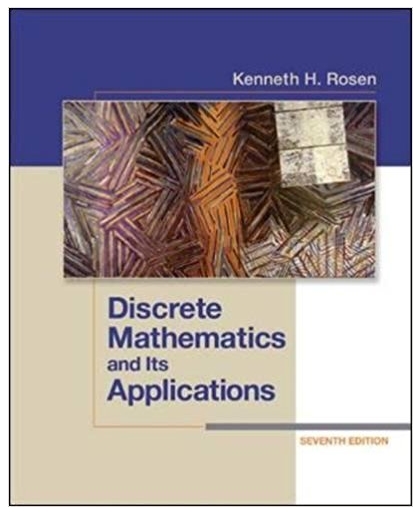Question
3. John has a utility function for money that is proportional to the 4th root of the amount of money, and he sets the utility
3. John has a utility function for money that is proportional to the 4th root of the amount of money, and he sets the utility of $100,000,000 as 100. John has a total net asset of $16,000,000 including a house with a structure value of $4,000,000 and the house is free and clear of any debt.
3a. Compute John's utility got $16,000,000 and use it to justify whether he is a risk avoider or risk taker.
3b. Past annual fire accident statistics indicate that there is a 1% probability that the structure of John's house may be totally destroyed by a fire, a 5% probability that it may be half destroyed, and a 94% probability that it won't be destroyed at all. Draw John's decision tree for considering the purchase for full insurance for his house.
3c. Using his utility for money and Decision Tree analysis to estimate the maximum insurance premium John would be willing to pay to FULLY insure his house against fire?
3d. At the maximum insurance premium, what is the risk premium?
Step by Step Solution
There are 3 Steps involved in it
Step: 1

Get Instant Access to Expert-Tailored Solutions
See step-by-step solutions with expert insights and AI powered tools for academic success
Step: 2

Step: 3

Ace Your Homework with AI
Get the answers you need in no time with our AI-driven, step-by-step assistance
Get Started


